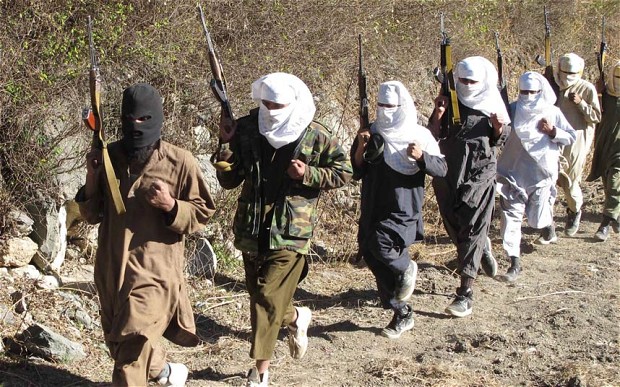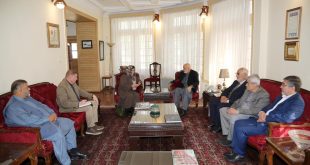AT-KABUL: The United Nations Assistance Mission in Afghanistan (UNAMA) recorded eight percent increase in civilian casualties in the first three months of the current year as compared to the same period in 2014.
Ground engagements between the Afghan security forces and insurgent groups caused 521 civilian casualties (136 civilians killed and 385 injured) in the first three months of 2015.
Between January 1 and March 31, UNAMA documented 266 civilian casualties (62 deaths and 204 injured) from mortars and rockets, up 43 per cent from the same period last year and accounting for half of civilian casualties from ground engagements.
Total civilian deaths and injuries in the first quarter of 2015 followed the record high levels of 2014. In the period, UNAMA documented 1,810 civilian casualties (655 deaths and 1,155 injured), a two per cent decrease from the same period in 2014.
The latest figures further demonstrate a continued rise in women casualties with an increase of 15 per cent on the same period last year. Conflict-related violence killed 55 women and injured 117. Child casualties surpassed the unprecedented levels recorded last year with 430 child civilian casualties (123 deaths and 307 injured). In line with increased ground fighting in civilian populated areas, ground engagements remained the leading cause of women and children civilian casualties.
Anti-state forces remained responsible for the largest proportion of total civilian casualties at 73 per cent, with Pro-Government Forces responsible for 14 percent and seven percent attributed to both parties. Responsibility could not be attributed for six percent of civilian casualties, caused mainly by explosive remnants of war.
Improvised Explosive Devices or IEDs remained the second leading cause of civilian casualties in the first quarter of 2015 resulting in 430 civilian casualties (155 civilian deaths and 275 injured), a 19 per cent reduction from the same period last year. Of these, UNAMA recorded a six per cent decrease in civilian casualties from remote-controlled IEDs (41 civilian deaths and 105 injured).
Targeted killings were the third leading cause of civilian deaths and injuries. In the first three months of 2015, civilian casualties from targeted killings increased by 34 per cent, with UNAMA documenting 309 civilian casualties (217 killed and 92 injured) in 192 separate incidents.
The Taliban claimed responsibility for 48 incidents of targeted killings, including deliberate killings of tribal elders, judges, prosecutors and civilian Government workers. Under international humanitarian law, a civilian is any person who is not taking a direct part in hostilities.
Chief of UNAMA, Nicholas Haysom on Sunday said the warring parties should make sure that civilians were not harmed. “The parties in particular should refrain from using mortars and rockets in any areas populated by civilians,” he said.
The UN mission in Afghanistan also expressed serious concerns over impact of the operations on civilians by the pro-government and anti-state elements in the coming months.
“The United Nations calls on the Taliban to cease all attacks against persons who are not taking a direct part in hostilities,” said Georgette Gagnon, Director of Human Rights for UNAMA. “The UN notes that direct attacks on civilians are strictly prohibited under international law which binds all parties to the conflict and may amount to war crimes.”
Casualties caused by suicide attacks remained on par with 2014 levels with 268 civilian casualties (55 deaths and 213 injured).
Civilian casualties from aerial operations by international military forces declined 42 per cent compared to the first quarter of 2014, with 15 civilian casualties (seven civilian deaths and eight injured) recorded from January 1 to March 31, 2015.
 Afghanistan Times
Afghanistan Times




